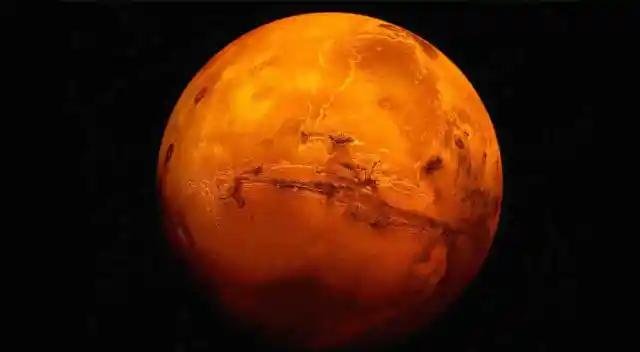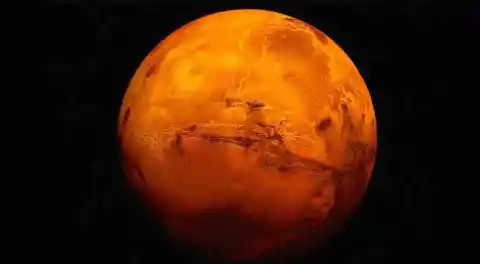

On October 8, NASA released information confirming that there were once lakes on Mars, specifically in the Gale Crater. The water helped deliver sediment to the bottom of the crater.
Mars’ Gale Crater currently contains Mount Sharp, the foundation of which is provided by aforementioned sediment delivered by the water. According to Ashwin Vasavada, Mars Science Laboratory project scientist at NASA’s Jet Propulsion Lab, “Observations from the rover suggest that a series of long-lived streams and lakes existed at some point between about 3.8 to 3.3 billion years ago, delivering sediment that slowly built up the lower layers of Mount Sharp.”
This finding comes in a long string of other findings that water once existed on Mars. Just last month, NASA released data confirming that water once flowed on Mars, and NASA has previously released information about lakes that were once on Mars as well. Despite all of the supporting evidence that water once existed on Mars, many scientists have found contradicting information.
John Grotzinger, lead author of the report, had this to say in a press release: “Aside from the shapes of the continents, geologists had paleontological evidence that fossil plants and animals in Africa and South America were closely related, as well as unique volcanic rocks suggestive of a common spatial origin. The problem was that the broad community of Earth scientists could not come up with a physical mechanism to explain how the continents could plow their way through Earth’s mantle and drift apart. It seemed impossible. The missing component was plate tectonics. In a similar way, we are missing something important about Mars.”
Prior to Curiosity’s exploration of the Gale Crater, experts postulated that the sediment at the bottom of the crater was blown there by wind. While some experts did suspect that ancient lakes were involved, their suspicion was not fully supported until now. It is interesting to note that what once existed in the basin of the Gale Crater helped its center become a mountain (Mount Sharp). The section of Mount Sharp that appears to have been formed with the help of water extends up to half a mile above the crater floor.
In terms of how the ancient lake formed in the Gale Crater in the first place, scientists believe Mars had to have been much warmer and wetter for the lake to form. This defies current hypotheses of what Mars’ climate was like billions of years ago. Clearly, further research and exploration are necessary to determine the full story behind Mars’ history.